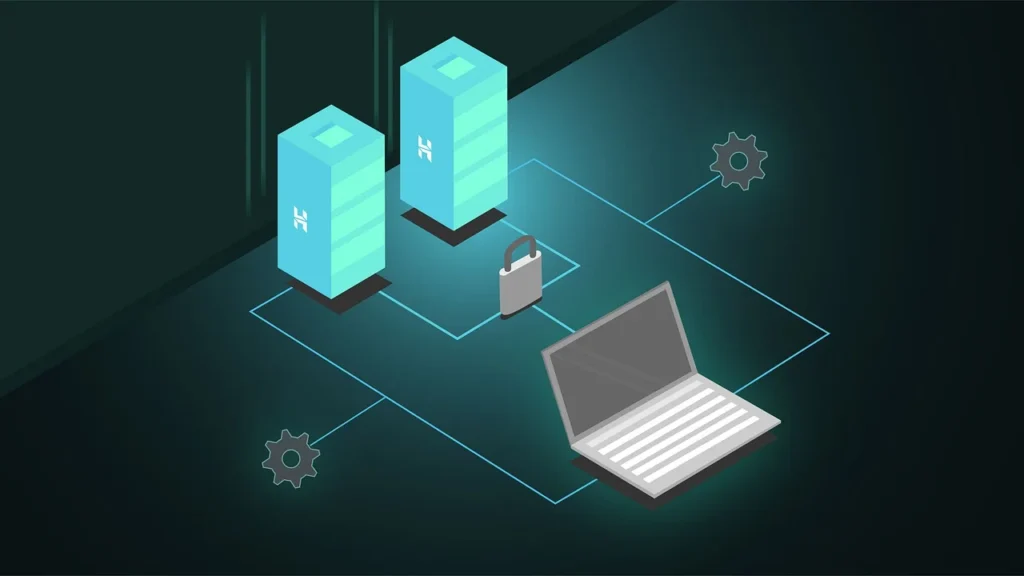
Content
The Future of Hosting: Edge Computing & Serverless
The world of web hosting has changed radically in recent years. From the time when most websites were hosted on shared or dedicated servers, we moved to cloud hosting that brought flexibility, scalability and lower costs. However, modern user needs are more demanding than ever: they require instant response, a lag-free experience and constant availability. This is where Edge Computing and Serverless come into the spotlight, defining the future of hosting.
What is Edge Computing and why does it matter?
Edge Computing is a new architecture that is based on processing data close to the end user. Instead of all requests being routed to central servers that may be thousands of kilometers away, processing is done on decentralized nodes (edge nodes) closer to the user.
This drastically reduces latency, increases loading speed, and improves the overall experience. Think of an e-shop with thousands of simultaneous users or an online gaming application where latency is measured in milliseconds. The edge brings information to where you need it – locally and quickly.
What is Serverless and How is It Changing Hosting?
The Serverless model comes to eliminate the need for developers or businesses to manage servers themselves. The term “serverless” does not mean that there are no servers, but that cloud providers (AWS, Google Cloud, Azure, Cloudflare) fully take over their management.
The developer simply writes the code and the provider executes it “on demand,” that is, only when needed. This means two things:
- Cost per use – you only pay when code is executed.
- Auto-scaling – whether you have 100 or 100,000 users, the infrastructure adapts automatically.
For businesses and startups this is a huge advantage, as it reduces costs, eliminates maintenance, and allows focus on product development.
Edge and Serverless: Collaboration, not competition
Although they are often discussed separately, Edge Computing and Serverless actually work very well together. A common practice is to run serverless functions on edge nodes. This means that the code does not run in a remote data center, but in local locations closer to the user.
The result? A combination of instant execution, low latency, and unlimited scaling. For applications like streaming, real-time analytics, online marketplaces, or even AI tools that require immediacy, this approach is ideal.
Examples of Use in Practice
- E-commerce: Dynamic product pages that load almost instantly.
- IoT and smart devices: Real-time data processing, without the need for a constant connection to a central server.
- Gaming & VR: Lag-free experiences, even with multiple simultaneous users.
- AI Applications: Chatbots, recommendation engines and predictive analytics that operate in real time.
Challenges and Limitations
Of course, no technology is without its challenges. Serverless, for example, can create vendor lock-in, which makes it difficult to port applications in the future. Additionally, debugging and monitoring are more complex in such environments. On the other hand, edge requires a large geographical infrastructure to be truly efficient, which means that large providers have the upper hand.
Conclusion: Towards a smarter and more decentralized future
Hosting is no longer just “a server in a data center.” The move to decentralized and on-demand solutions, such as Edge Computing and Serverless, is the natural evolution of the internet. Businesses that adopt these technologies early gain a strategic advantage, offering speed, reliability, and scalability that meets the needs of modern users.
The future of hosting is clearly decentralized, agile, and intelligent. And for those looking to stand out in the digital world, investing in these technologies today is the first step to tomorrow’s success.
Follow us on our Facebook page: Facebook
Click here to see our Work which consists of modern and functional websites that make a difference.
